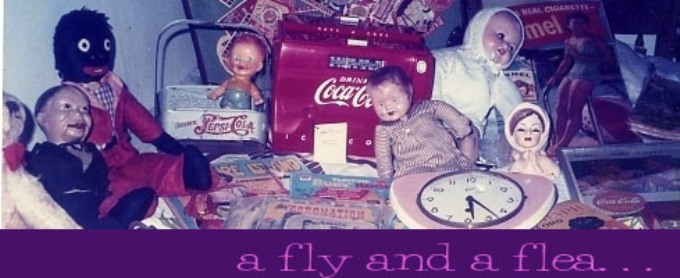These cups were used to serve special hot chocolate, freshly made from ground chocolate mixed with peanuts and gatas damulag, then briskly whisked in a brass chocolatera using a wooden batirul. The resulting frothy chocolate drink was sipped daintily from these cups, to be savored slowly, with puto, broas or çhurros, depending on your taste and budget.
Sometimes on Christmas, we also filled these cups with green duman (gelatinous rice) and then pour the hot chocolate afterwards—a taste treat unlike any other! My Mother too had her own sets of demitasse cups which she recived as wedding gifts—she had real porcelain cups with transfer print of roses as well as even smaller ones with gilt rims. So treasured were these cups that they were even etched on the bottom with my mom’s initials—E.R.C. Through the years though, we lost a lot of these cups; we only have half a dozen now, some without handles, others with cracks. Even then, I keep them on display on a shelf in our old house, a family souvenir of sorts.
Recently, I came upon a nice set of demitasse cups of similar make from two different sources—one from a San Fernando dealer and the other from a roadside Bulacan antique shop. I bought them years apart, so I suppose these cup styles were rather popular. But what makes them special was that they were personalized either with the names of the owners or with personal wishes intended for guests. One example has the name ”Apolinaria” written in a flourish in gold. Others carry greetings like “Amistad”(Amity or Friendship) and “Recuerdo” (Souvenir), in low-grade gold.
These were done by itinerant artisans who once roamed towns offering their unique services of personalizing utensils, jewelry pieces and objects of value by hand. There are those who carefully incised the back of plates and cups with the owner’s initials using a hammer and a metal pick. Others used their calligraphic skills, writing names using gilt paint, as in these examples.
I was lucky to get ten perfect cups—each a showcase of the vanishing art of personalizing objects by hand, as well as memory pieces to remind me of my Apu I never met, and my late Mom’s cooking skills which I continue to miss every day.












